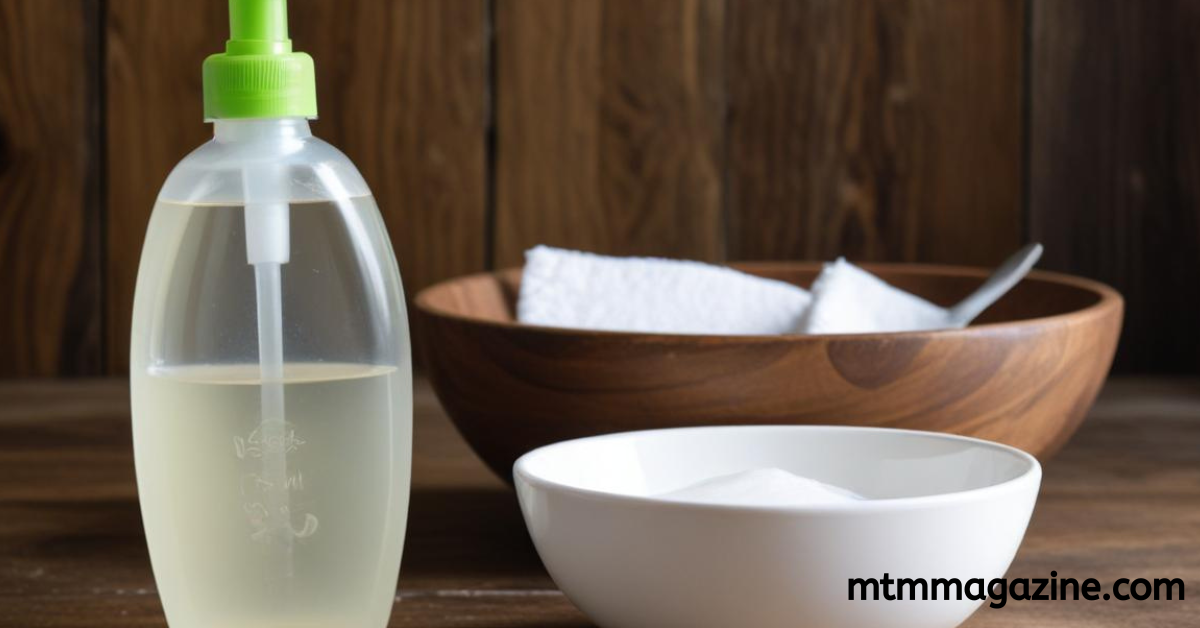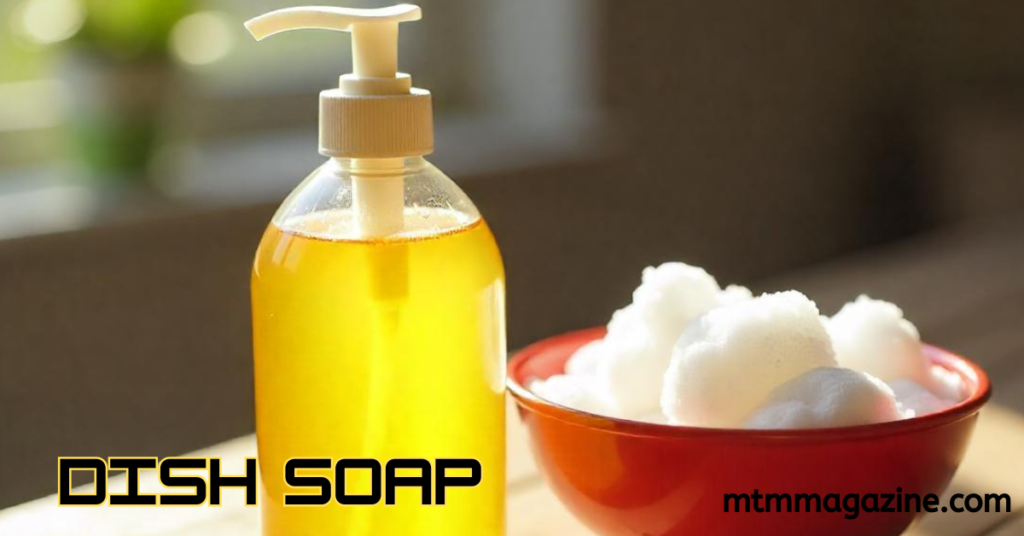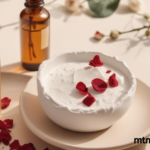Many store-bought soaps contain harsh chemicals that can irritate your skin and harm the environment. Making your own homemade dish soap using natural ingredients is a great option. Not only is it environmentally friendly, but it is cost-effective and customizable. In this guide, we’ll show you a simple and effective way to make dish soap at home, as well as tips for getting the best results.
Why choose homemade dish soap?
Switching to dish soap comes with many benefits:
- Environmentally friendly: Natural resources reduce water waste and are biodegradable.
- Gentle on the skin: Free of sulfates, parabens and artificial fragrances, safe for sensitive hands.
- Affordability: Most products are inexpensive and readily available.
- Customizable: You can adjust the recipe to add your favorite aroma or add extra washing power.
What You Will Need
Collect the following natural ingredients to make your own homemade dish soap.
- Castile Soap: A plant-based soap that is gentle but effective in cutting grease.
- Distilled water: Prevents bacterial growth and prolongs life.
- White Vinegar: Helps cut grease and remove debris from dishes.
- Essential oils (preferred): For fragrance and antibacterial properties (e.g. lemon, lavender, or tea tree).
- Vegetable glycerin (optional): Adds moisturizing properties and helps soften.
- Baking soda (optional): Increases cleaning power, especially for stubborn stains.
The main ingredients:
- 1 cup liquid castile soap
- 1/4 cup filtered water
- 1 tablespoon white vinegar
- 1 tablespoon vegetable glycerin (optional) .
- 10–15 drops of essential oils (optional) .
Step-by-step instructions
Step 1: Gather your belongings and prepare
Make sure all pots and pans are clean. Use BPA-free glass or plastic bottles to store dish soap.

Step 2: Mix the ingredients
- In a mixing bowl, combine 1 cup soapy water and 1/4 cup distilled water.
- Add 1 tablespoon of white vinegar to the mixture. Stir gently to avoid too many bubbles.
- (Optional) Add 1 teaspoon vegetable glycerin to hydrate.
- (Optional) Add 10–15 drops of your favorite essential oil for fragrance and antimicrobial benefits. Lemon essential oil works especially well when cutting fat.
Step 3: Transfer to Barrel
Carefully pour the mixture into a soap dispenser or bottle using a funnel to prevent spreading. Seal it tightly.
Step 4: Shake before use
Before each use, shake the bottle gently to mix the ingredients evenly.
Tips for getting the best results
- Use hot water: When washing dishes, hot water increases the cleaning power of the soap.
- The first spot test: Test your homemade soap on soft dishes to ensure consistency.
- Adjust the thickness: If the soap is too thick, add a little more water. If it’s too thin, reduce the water or add a splash of baking soda.
- Store properly: Keep dish soap in a cool, dry place out of direct sunlight to maintain its quality.
How effective is homemade dish soap?
Homemade dish soap is more effective at washing most dishes, but it doesn’t have to be as dry as commercial soap. This doesn’t mean it’s any less harsh—Castile soap and vinegar work well together to break down grease and dirt without being too foamy.
If you cook with a lot of heavy oils, consider adding a teaspoon of baking soda to the mixture for an extra boost of cleaning power.
Conclusion
Making your own dish soap from natural ingredients is a simple and practical process that benefits both you and the environment. With just a few household ingredients like Castile soap, white vinegar, and essential oils, you can create an effective environmentally friendly cleanser that is gentle on you hands on and hard on the grease
By switching to dish soap, you are taking a small but meaningful step towards a toxic-free, sustainable lifestyle. Try this recipe today, and enjoy peace and clean dishes!



